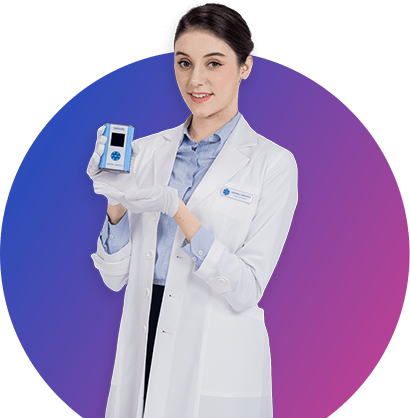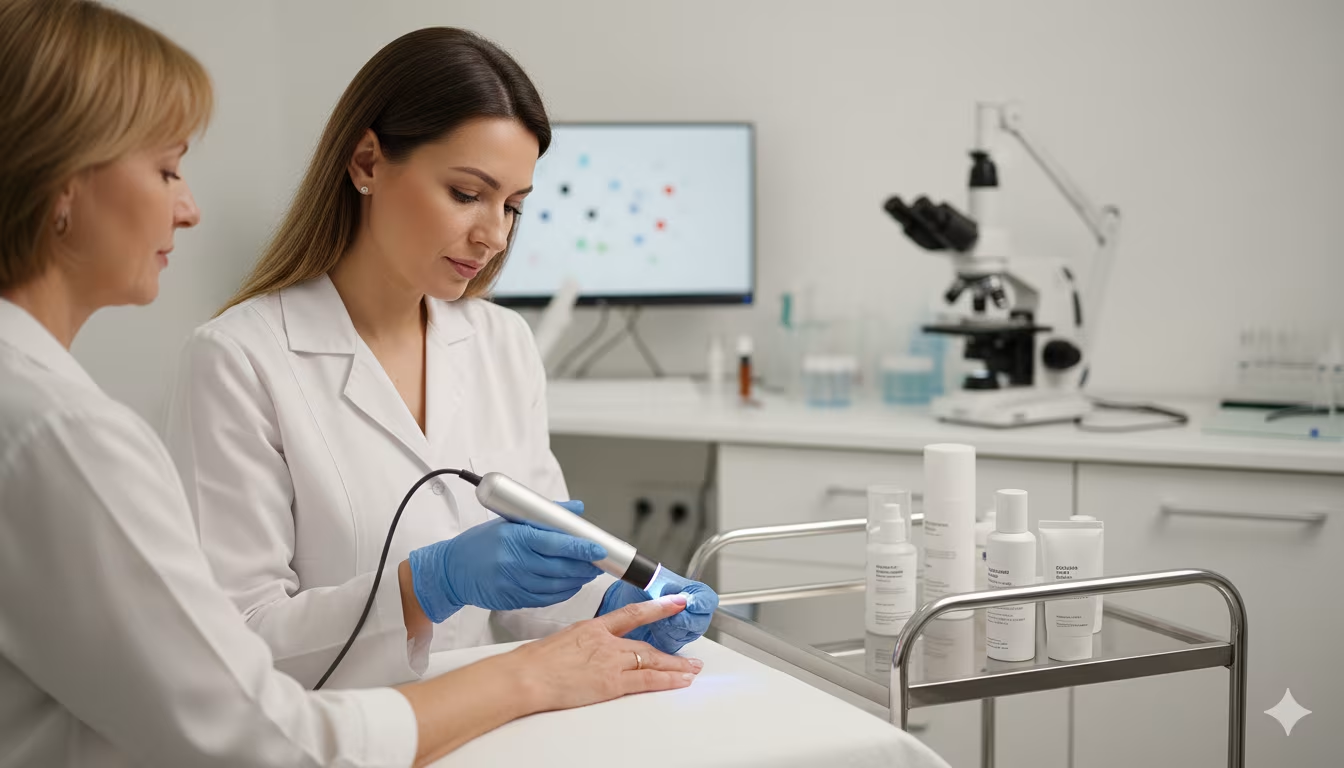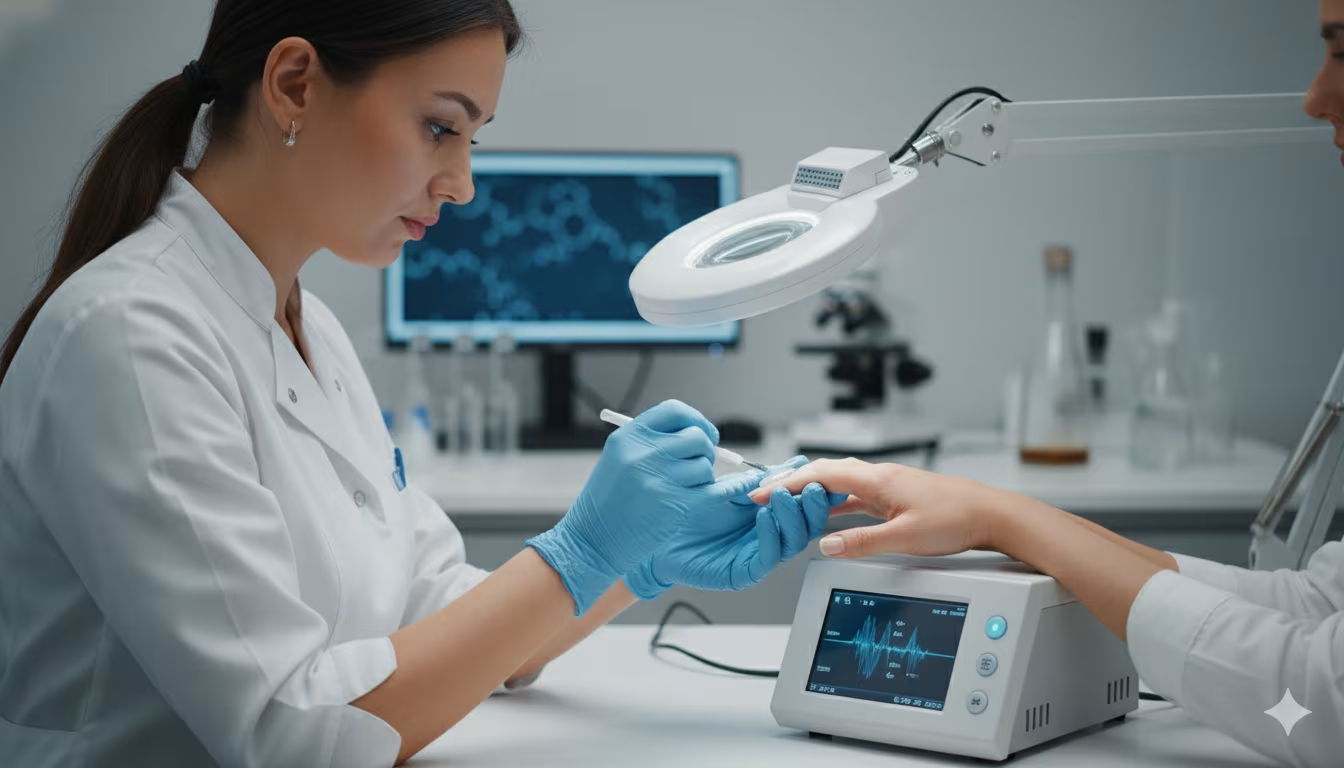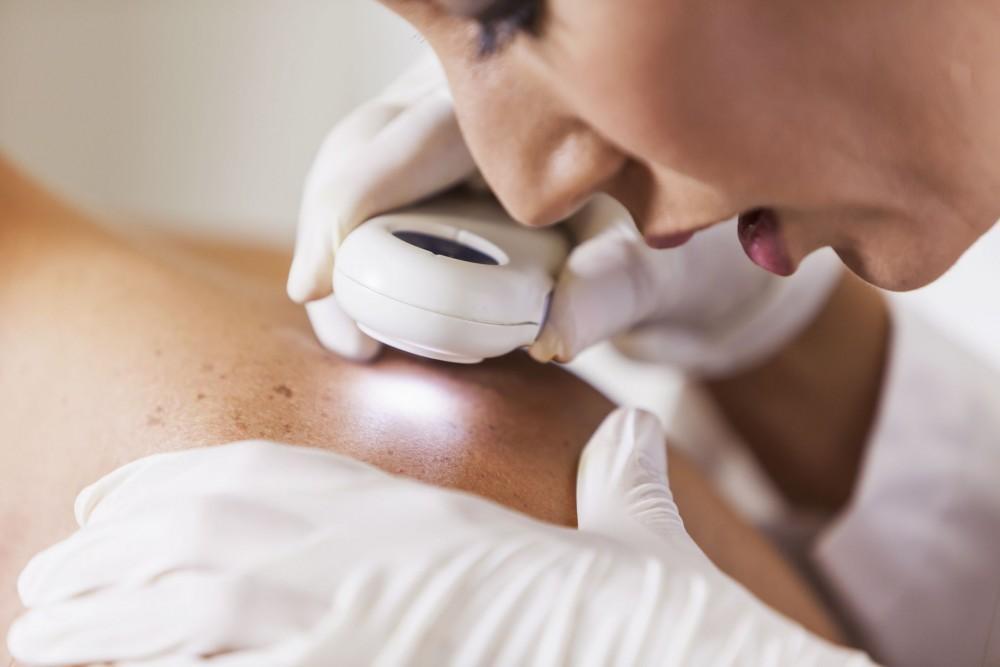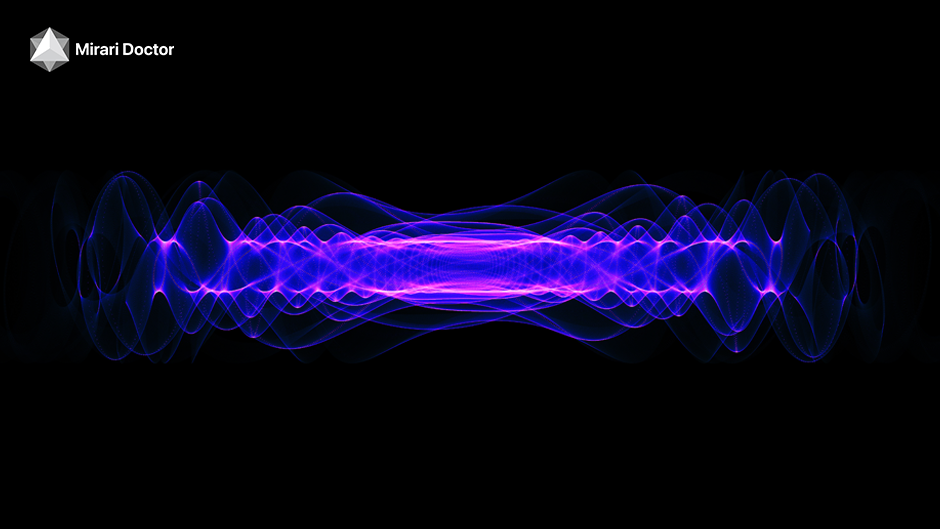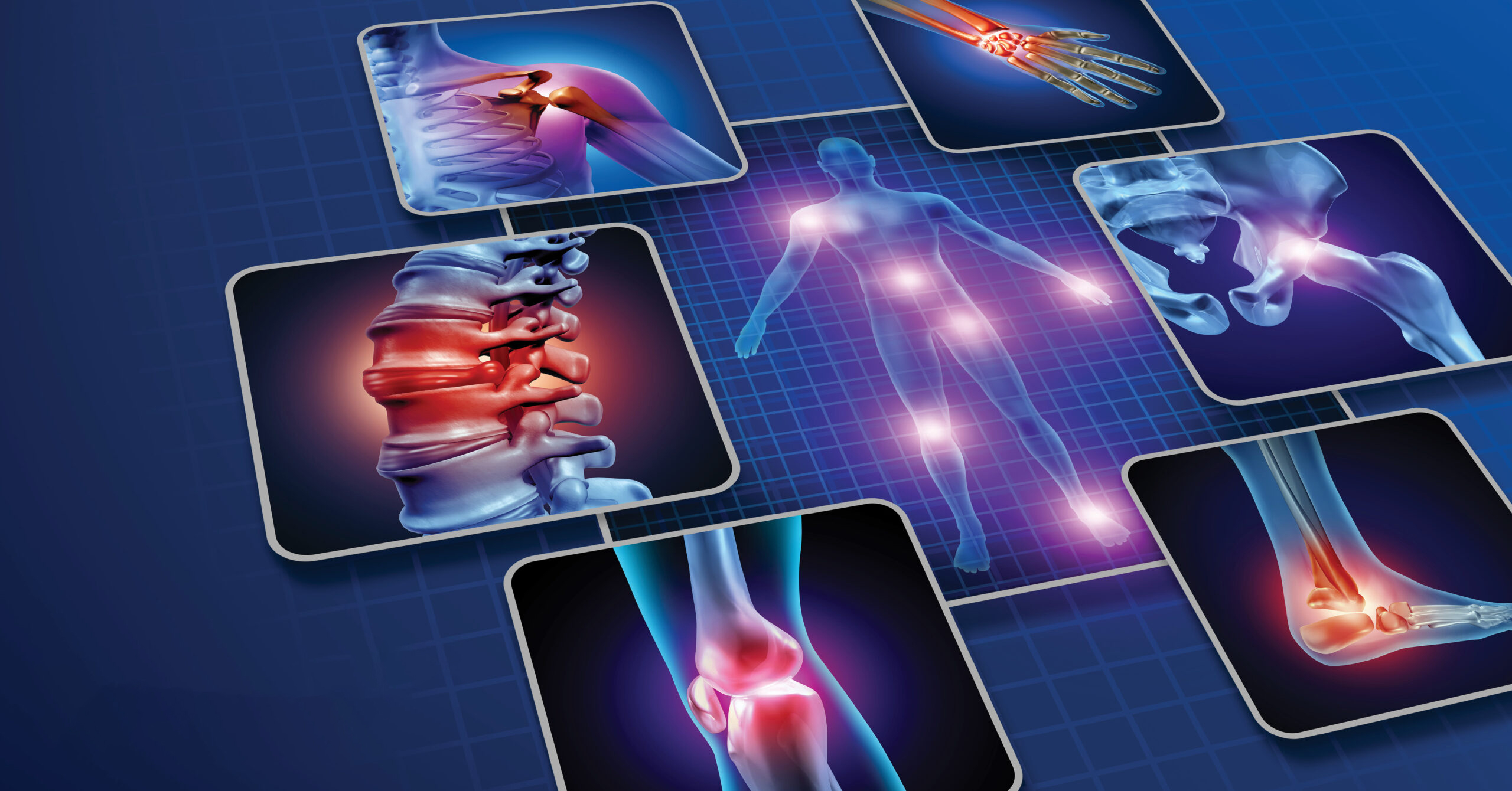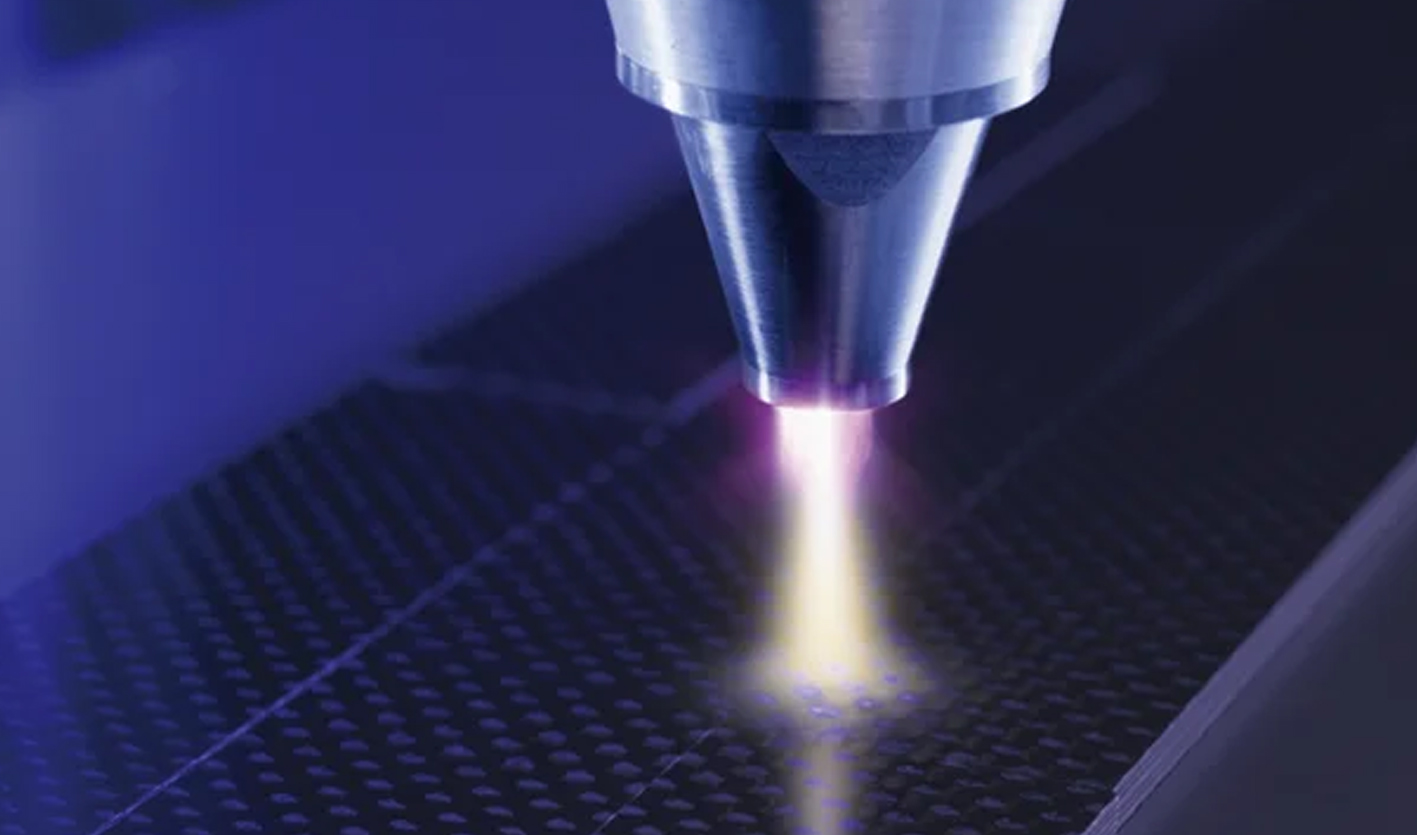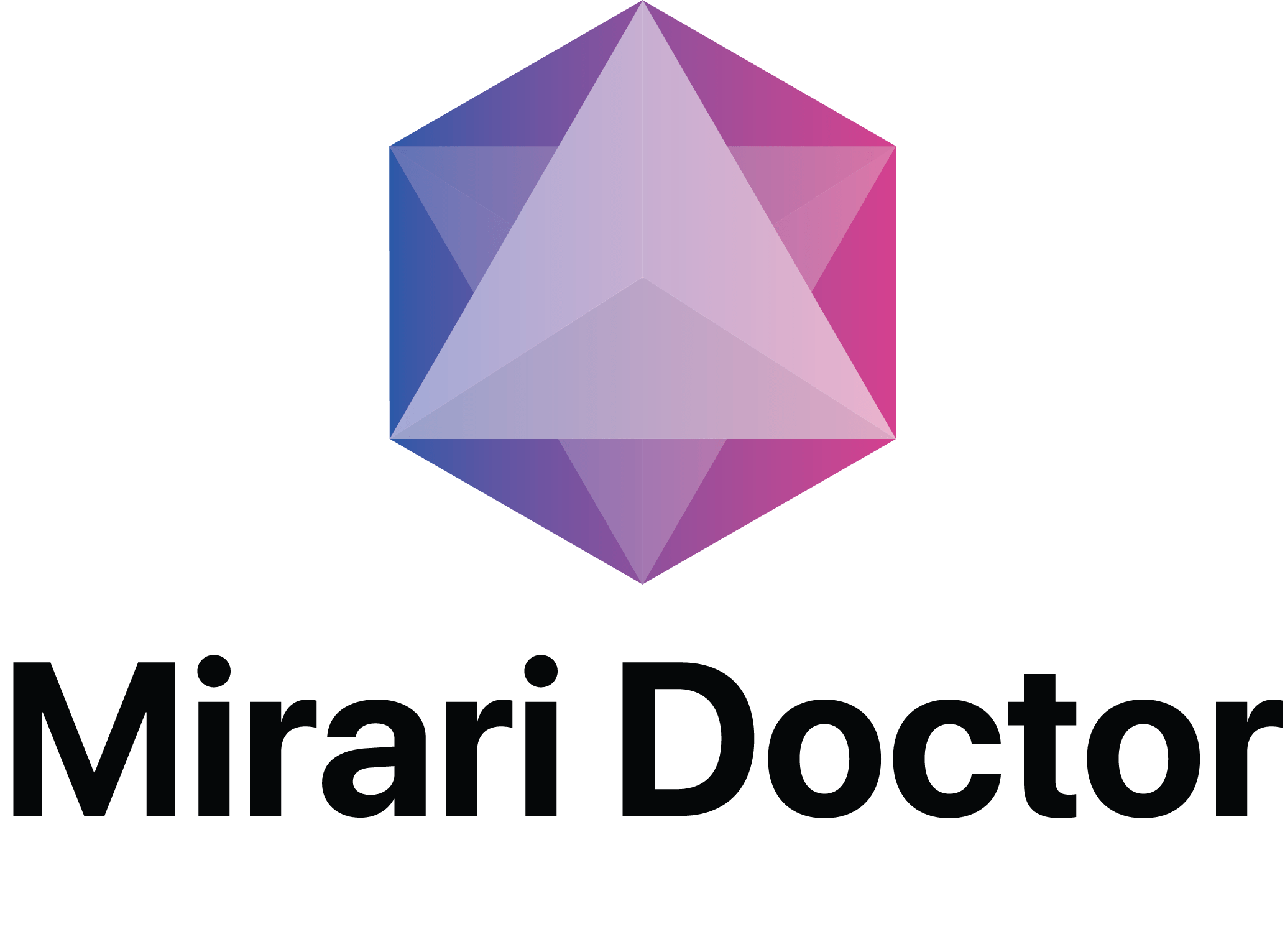
You May Be Interested In:
Neck and shoulder pain affects millions of people worldwide, disrupting daily activities and significantly impacting quality of life. This comprehensive guide explores the latest breakthrough in pain management – cold atmospheric plasma therapy – alongside traditional treatment approaches to help patients understand their options for effective relief.
Modern medical advances have introduced innovative solutions that address both symptoms and underlying causes of neck and shoulder pain. Understanding the various treatment modalities, from conventional approaches to cutting-edge technologies like the Mirari Cold Plasma system, empowers patients to make informed decisions about their care.
Understanding Neck and Shoulder Pain: Causes and Impact
Neck and shoulder pain can stem from various factors, ranging from simple muscle strain to complex degenerative conditions. Most cases result from soft tissue injuries, poor posture, or overexertion from sports and daily activities[1].
Common Causes of Neck and Shoulder Discomfort
The interconnected nature of neck and shoulder anatomy means that problems in one area often affect the other. Neck and shoulder pain frequently develops due to:
- Soft tissue injuries: Muscle strains, ligament sprains, and tendon inflammation
- Poor posture: Extended computer use, smartphone neck, and improper sleeping positions
- Degenerative conditions: Cervical spondylosis, disc herniation, and arthritis
- Trauma: Whiplash injuries, falls, and sports-related impacts
- Nerve compression: Pinched nerves causing radiating pain and numbness
Recognizing Symptoms and Warning Signs
Neck and shoulder pain manifests through various symptoms that can help identify the underlying cause. Patients typically experience:
- Stiffness and reduced range of motion
- Muscle spasms and tension headaches
- Radiating pain into arms or upper back
- Numbness or tingling in extremities
- Sleep disturbances due to positional discomfort
When to Seek Immediate Medical Attention
Certain symptoms accompanying neck and shoulder pain require urgent medical evaluation. These include severe pain following trauma, progressive neurological symptoms, or pain associated with fever and severe headaches[2].
Conventional Treatment Approaches for Pain Management
Traditional neck and shoulder pain treatment focuses on symptom relief and functional restoration through various interventions. Healthcare providers typically recommend a multi-modal approach combining different therapeutic strategies.
Pharmaceutical Interventions and Their Limitations
Standard medication protocols for neck and shoulder pain include over-the-counter anti-inflammatory drugs, prescription muscle relaxants, and pain relievers. While effective for acute symptoms, long-term pharmaceutical use carries risks of side effects and dependency concerns[3].
Medication categories commonly prescribed:
- NSAIDs: Ibuprofen, naproxen for inflammation reduction
- Muscle relaxants: Cyclobenzaprine, methocarbamol for spasm relief
- Analgesics: Acetaminophen for pain management
- Topical preparations: Capsaicin, menthol-based creams
Physical Therapy and Rehabilitation Programs
Physical therapy remains a cornerstone of neck and shoulder pain treatment, focusing on restoring mobility, strength, and proper biomechanics. Therapeutic exercises target specific muscle groups while addressing postural imbalances that contribute to ongoing discomfort.
Evidence-based physical therapy interventions include:
- Manual therapy techniques for joint mobilization
- Strengthening exercises for deep cervical flexors
- Postural correction and ergonomic education
- Stretching protocols for tight muscle groups
Limitations of Conservative Approaches
While conventional treatments provide relief for many patients, some individuals experience persistent neck and shoulder pain that requires advanced interventions. Traditional approaches may not adequately address chronic inflammation, nerve sensitization, or complex pain patterns.
Revolutionary Cold Plasma Therapy for Neck and Shoulder Pain
Cold atmospheric plasma represents a paradigm shift in neck and shoulder pain management, offering patients a non-invasive, drug-free alternative that addresses both symptom relief and underlying tissue healing mechanisms. This innovative technology generates controlled reactive species at room temperature to promote therapeutic benefits without thermal damage risks.
Scientific Mechanisms Behind Cold Plasma Pain Relief
Cold plasma therapy works through multiple interconnected pathways that provide comprehensive neck and shoulder pain relief. The technology directly influences neural transmission, reduces inflammation, and promotes tissue regeneration through controlled delivery of reactive oxygen and nitrogen species[4].
Primary therapeutic mechanisms include:
- Nitric oxide production: Enhanced NO synthesis promotes vasodilation and pain pathway modulation
- Anti-inflammatory effects: Controlled reactive species reduce tissue swelling and irritation
- Neural pathway modulation: Direct influence on ion channels and nerve conduction velocity
- Tissue regeneration: Accelerated healing through cellular proliferation stimulation
Nitric Oxide vs Reactive Oxygen Species in Pain Management
The Mirari Cold Plasma system, developed by General Vibronics and available through Mirari Doctor, utilizes a unique nitric oxide-based approach rather than traditional reactive oxygen species systems. This proprietary technology optimizes therapeutic benefits while minimizing potential tissue irritation[5].
Clinical Applications for Neck and Shoulder Conditions
Neck and shoulder pain responds particularly well to cold plasma therapy due to the technology’s ability to target both superficial and deeper tissue structures. Clinical evidence demonstrates significant pain reduction in patients with various musculoskeletal conditions affecting the cervical spine and shoulder complex.
| Application Area | Treatment Protocol | Expected Outcomes | Timeline for Relief |
|---|---|---|---|
| Cervical Muscle Strain | 15 minutes daily | Reduced muscle tension and spasm | 2-5 days |
| Shoulder Impingement | 15 minutes, 2x daily | Decreased inflammation | 3-7 days |
| Cervical Radiculopathy | 15 minutes daily | Nerve pain reduction | 1-2 weeks |
| Postural Pain Syndrome | 15 minutes, 3x weekly | Improved mobility | 1-3 weeks |
| Post-Surgical Pain | 10 minutes, 2x daily | Reduced analgesic needs | 24-48 hours |
The versatility of cold plasma therapy allows healthcare providers to customize treatment parameters based on individual patient presentations and pain characteristics. This personalized approach optimizes outcomes while ensuring patient comfort and safety.
Safety Profile and Clinical Evidence
Cold plasma therapy demonstrates an excellent safety profile for neck and shoulder pain treatment, with extensive clinical research supporting its use across various patient populations. The technology’s non-thermal operation eliminates burn risks while providing effective therapeutic benefits[6].
Comprehensive Safety Data and Research Findings
Clinical studies involving hundreds of cold plasma treatments have consistently shown minimal adverse effects and high patient tolerance. Research demonstrates that the majority of patients experience no discomfort during treatment, with only mild sensations reported in a small percentage of cases[7].
Key safety findings include:
- Temperature control: Room temperature operation prevents thermal injury
- Minimal side effects: Less than 5% of patients report temporary mild sensations
- No long-term complications: Extended follow-up studies show no lasting adverse effects
- Broad patient suitability: Safe for various age groups and medical conditions
Contraindications and Special Considerations
While cold plasma therapy is generally safe for neck and shoulder pain treatment, certain patient populations require special consideration. Healthcare providers carefully evaluate patients with active infections, pregnancy, or specific medical devices before treatment initiation.
Comparative Safety Analysis with Traditional Treatments
Cold plasma therapy offers significant safety advantages over many conventional neck and shoulder pain treatments. Unlike pharmaceutical interventions that carry risks of systemic side effects, cold plasma provides localized treatment without drug interactions or organ toxicity concerns.
| Treatment Modality | Common Side Effects | Safety Profile | Long-term Risks |
|---|---|---|---|
| Cold Plasma Therapy | Minimal local sensation | Excellent | None reported |
| NSAIDs | GI irritation, kidney stress | Moderate | Potential organ damage |
| Muscle Relaxants | Drowsiness, dependency | Fair | Tolerance development |
| Corticosteroid Injections | Infection risk, tissue changes | Good | Joint deterioration |
| Surgical Intervention | Bleeding, nerve damage | Variable | Permanent complications |
Treatment Protocols and Patient Selection
Effective neck and shoulder pain management with cold plasma therapy requires careful patient assessment and individualized treatment planning. Healthcare providers evaluate multiple factors to determine optimal candidates and develop personalized protocols that maximize therapeutic outcomes.
Ideal Candidates for Cold Plasma Therapy
Cold plasma treatment is particularly beneficial for patients experiencing chronic neck and shoulder pain that has not responded adequately to conventional therapies. The technology’s non-invasive nature makes it suitable for patients seeking alternatives to pharmaceutical interventions or those unable to tolerate traditional medications.
Optimal patient characteristics include:
- Chronic or recurrent neck and shoulder discomfort
- Limited response to conventional treatments
- Desire to reduce medication dependence
- Contraindications to invasive procedures
- Active lifestyle requiring rapid recovery
Assessment and Treatment Planning Considerations
Comprehensive evaluation ensures appropriate patient selection and treatment customization for neck and shoulder pain relief. Healthcare providers assess pain characteristics, functional limitations, and patient goals to develop effective treatment strategies.
Pre-treatment assessment includes:
- Detailed pain history and symptom evaluation
- Physical examination and range of motion testing
- Review of previous treatment responses
- Identification of contributing factors
- Patient education and expectation setting
Integration with Complementary Therapies
Cold plasma therapy for neck and shoulder pain can be effectively combined with other therapeutic modalities to enhance overall outcomes. The technology’s compatibility with various treatments allows for comprehensive multimodal approaches that address different aspects of pain and dysfunction.
Synergistic treatment combinations:
- Physical therapy exercises with cold plasma sessions
- Manual therapy techniques followed by plasma treatment
- Ergonomic modifications supported by therapeutic intervention
- Stress management strategies with pain relief protocols
Technical Specifications and Advanced Features
The Mirari Cold Plasma system incorporates sophisticated engineering designed to optimize therapeutic outcomes for neck and shoulder pain while ensuring consistent safety and reliability. Understanding the technical aspects helps healthcare providers and patients appreciate the advanced capabilities of this innovative technology.
| Parameter | Specification | Clinical Significance |
|---|---|---|
| Operating Temperature | Room temperature (20-25°C) | Eliminates thermal burn risk |
| Power Output | 2-4W adjustable | Customizable treatment intensity |
| Treatment Duration | 15 minutes maximum | Optimal therapeutic exposure |
| Frequency Range | 80 kHz monopolar RF | Precise tissue targeting |
| Plasma Generation | Nitric oxide-based system | Enhanced therapeutic specificity |
| Safety Features | Automatic monitoring | Real-time patient protection |
| Portability | Handheld design | Flexible clinical deployment |
Advanced Safety and Monitoring Systems
The Mirari system, available through Mirari Doctor at miraridoctor.com, includes comprehensive safety features that continuously monitor treatment parameters during neck and shoulder pain therapy sessions. These advanced systems ensure optimal patient protection while maintaining therapeutic efficacy.
Frequently Asked Questions About Cold Plasma for Neck and Shoulder Pain
How does cold plasma therapy compare to traditional physical therapy for neck and shoulder pain?
Cold plasma therapy offers unique advantages over traditional physical therapy approaches for neck and shoulder pain management. While physical therapy focuses on mechanical restoration through exercise and manual techniques, cold plasma directly addresses inflammation and pain pathways at the cellular level. The two approaches are highly complementary, with many patients benefiting from combined treatment protocols. Cold plasma can accelerate healing and pain relief, potentially reducing the overall duration of physical therapy required. Clinical evidence suggests that patients receiving combined cold plasma and physical therapy often experience faster functional improvements and more sustained pain relief compared to either treatment alone.
Is cold plasma therapy safe for patients with chronic neck and shoulder conditions?
Research consistently demonstrates excellent safety for cold plasma therapy in patients with chronic neck and shoulder pain conditions. The technology operates at room temperature, eliminating thermal injury risks associated with traditional thermal treatments. Extensive clinical studies involving thousands of treatments show minimal side effects, with most patients experiencing no discomfort during sessions. The non-invasive nature of cold plasma makes it particularly suitable for patients with chronic conditions who may have contraindications to other treatments. Healthcare providers can safely administer repeated treatments over extended periods without cumulative toxicity concerns.
How quickly can patients expect relief from neck and shoulder pain with cold plasma treatment?
Neck and shoulder pain relief timelines with cold plasma therapy vary based on condition severity and individual patient factors. Many patients experience immediate pain reduction during or immediately following their first treatment session. For acute conditions, significant improvement often occurs within 24-48 hours of initial treatment. Chronic conditions typically require multiple sessions over 1-2 weeks for optimal results. The cumulative effects of cold plasma therapy continue to build with successive treatments, leading to progressively improved outcomes. Patients with inflammatory conditions often notice the fastest initial responses, while those with degenerative changes may require longer treatment courses for maximum benefit.
Can cold plasma therapy help reduce the need for pain medications in neck and shoulder conditions?
Cold plasma therapy has demonstrated significant potential for reducing pharmaceutical dependence in neck and shoulder pain management. Clinical observations show that many patients successfully decrease their reliance on both over-the-counter and prescription pain medications following cold plasma treatment courses. The technology’s ability to address underlying inflammation and promote tissue healing often provides more sustained relief than symptomatic medication approaches. Patients frequently report being able to reduce NSAID use, which decreases risks of gastrointestinal and cardiovascular side effects. Healthcare providers typically develop gradual medication reduction protocols in conjunction with cold plasma therapy to ensure patient comfort and safety throughout the transition.
What makes the Mirari Cold Plasma system different from other pain relief technologies?
The Mirari Cold Plasma system, developed by General Vibronics, distinguishes itself through its proprietary nitric oxide-based plasma generation technology rather than traditional reactive oxygen species approaches. This unique mechanism provides enhanced therapeutic specificity for neck and shoulder pain while minimizing potential tissue irritation. The system’s FDA clearance and comprehensive safety features make it particularly suitable for clinical use. Unlike thermal treatments that risk tissue damage or pharmaceutical interventions with systemic side effects, the Mirari system offers localized therapeutic benefits without these concerns. The device’s portable design and user-friendly interface allow for flexible deployment across various clinical settings, making advanced cold plasma therapy accessible to more patients requiring neck and shoulder pain relief.
Medical Disclaimer: This information is for educational purposes only and should not replace professional medical advice. Always consult with qualified healthcare providers before beginning any new treatment for neck and shoulder pain conditions. Individual results may vary, and treatment outcomes depend on various factors including condition severity and patient characteristics.
References
- Healthline. (2019). Neck and Shoulder Pain: Causes, Remedies, Treatment, Prevention. https://www.healthline.com/health/what-causes-concurrent-neck-and-shoulder-pain-and-how-do-i-treat-it
- WebMD. (2024). Neck and shoulder pain: Treatments, prevention, and causes. https://www.webmd.com/pain-management/neck-shoulder
- ACC English. (2025). Neck and Shoulder Pain: Causes and Treatment. https://acc.vn/en/neck-and-shoulder-pain-causes-and-treatment/
- Mirari Doctor. (2025). Cold Plasma in Pain Relief: Revolutionary Non-Invasive Treatment. https://miraridoctor.com/cold-plasma-in-pain-relief/
- Mirari Doctor. (2025). Acute Pain Relief: The Power of Cold Plasma Therapy. https://miraridoctor.com/acute-pain/
- Mirari Doctor. (2025). Is Cold Plasma Safe? Complete Safety Guide for Medical Applications. https://miraridoctor.com/is-cold-plasma-safe/
- Vietnam Medical Journal. (2023). Investigating adverse effects of cold plasma therapy in burn treatment. https://tapchiyhocvietnam.vn/index.php/vmj/article/download/5055/4625/9322
Related articles
Made in USA
